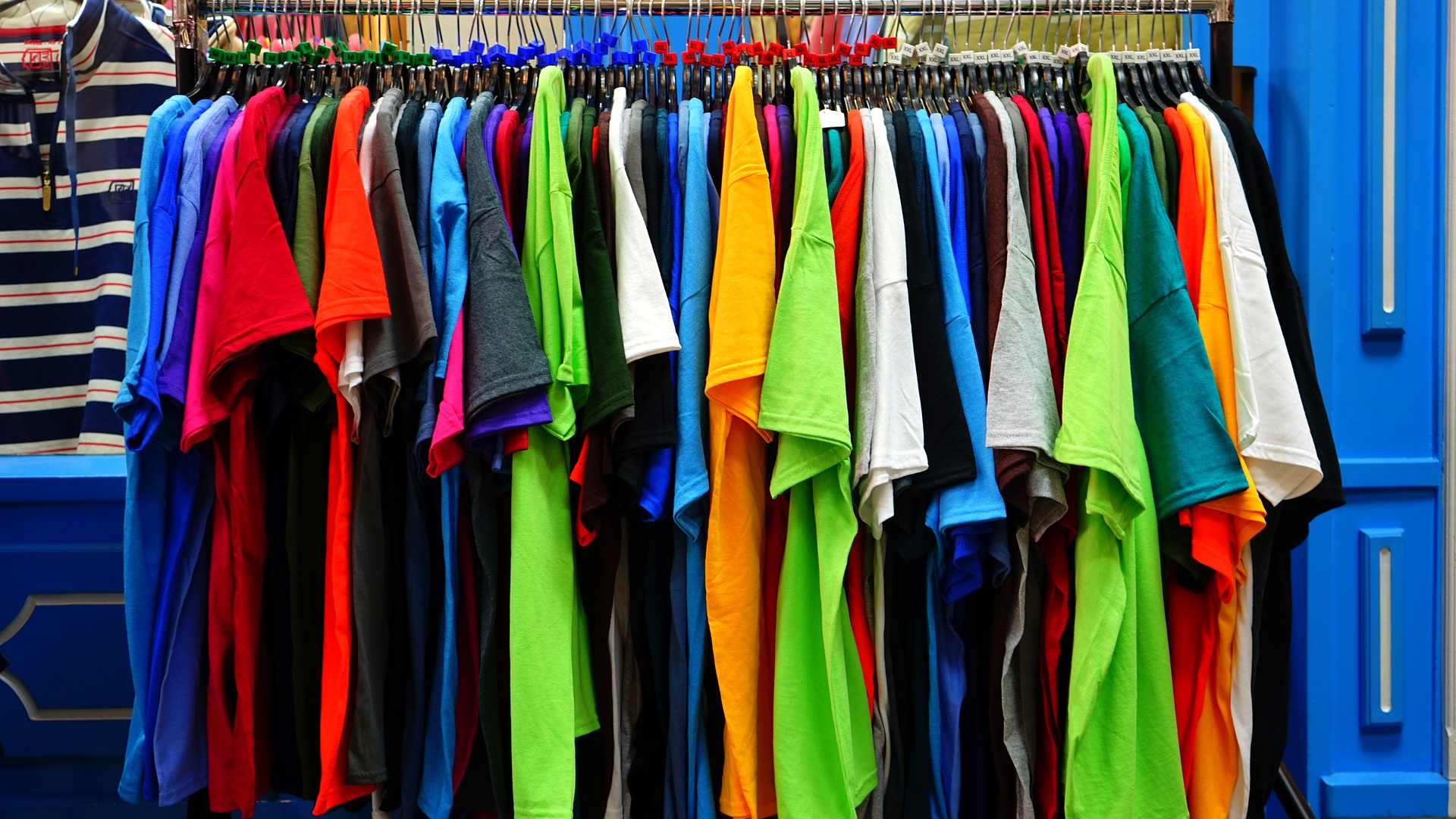I’m writing today because – and I may be late to the party – but Spotify finally enabled Canvas for all artists via the Artist Dashboard. What’s Canvas? Well, you know those short, neat little videos that play during a Spotify stream on a loop on your screen? That’s a Canvas video. For the longest time, you had to ‘apply’ to have it added to your profile, but it always felt like it went into a black hole (which, considering now that it’s enabled for everyone, might have been the case 🤦♀️.
So, I’ve circulated the update to my clients and we are editing selected tracks and enabling this feature for all future releases.
Here’s what you need to know if you are looking to add it to your tracks, too.
Where to enable Canvas:
- First, you need to be sure you’ve claimed your artist profile at artists.spotify.com. If you haven’t and you’re on the platform, for shame! Jump on it right away. Not only can you do this new Canvas trick, but you can also control your profile picture, biography, links, and look at listener stats as well as pitch your new music to Spotify playlists.
- Once enabled and logged in, click on the Music Tab.
- If you want to add Canvas to an upcoming release, click on ‘Upcoming’ on the Music tab.
- There, you’ll see your upcoming release, with the playlist pitch and the Canvas options enabled. Click on ‘Manage’ under Canvas: Enhance Your Release
- Once prompted, click Add by the track you want to add your video to.
- Drag and drop your file in and hit save!
What are the required specs?
Below are the overview file requirements:
- 9:16 ratio
- At least 720px tall
- An MP4 or JPEG file
- 3s to 8s long (MP4 only)
The full details – as well as some great inspiration – can be found on Spotify’s website here: https://canvas.spotify.com/en-us along with a handy video on how to add as well here.
I’m really curious to analyze the stats on tracks with Canvas videos vs ones that don’t for my clients – I’d like to see if it makes a difference. Spotify claims “when listeners see a Canvas, they are more likely to keep streaming (+5% on average vs. control group), share the track (+145%), add to their playlists (+20%), save the track (+1.4%), and visit your profile page (+9%)”. What’s also great is your followers can share the canvas video on socials, like their Instagram story, and it really becomes content for the release. And personally, a lot of these Canvas videos that have caught my eye led me to check out the official music video – which I hope to accomplish for my clients!
So, give it a go – even a simple loop video could make all the difference – and get creative with your tracks on Spotify!



